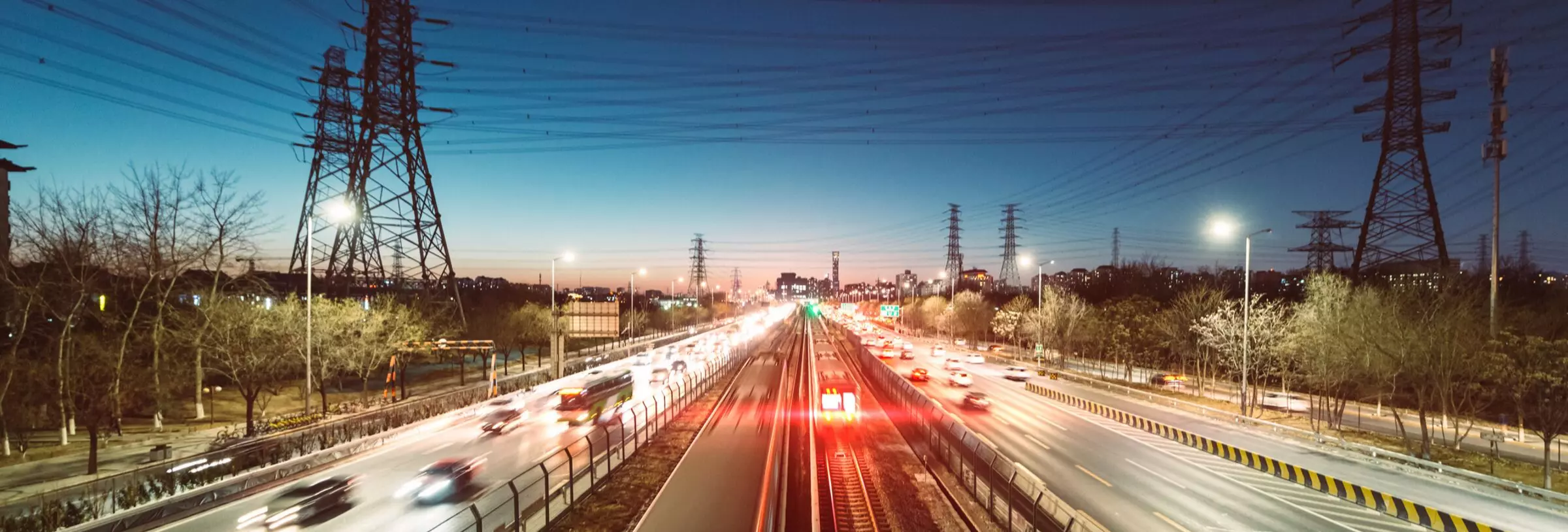
Typically, when a public agency acquires property by eminent domain, it names all potentially interested parties in the condemnation action. This includes the property owner, any easement holders, lien holders and usually businesses as well. If the agency does not name all interested parties, anyone with an interest may still appear in the action. Or if the party does not appear, it could potentially file a subsequent inverse condemnation action for the taking of its property interest (which could expose the agency to attorneys’ fees -- hence the importance of naming all interested parties). But what is the deadline for filing the inverse condemnation action?
In a recent decision, Calexico Auto Dismantlers, Inc. v. City of Calexico, 2020 WL 6871026, a San Diego district court dismissed a tenant’s inverse condemnation claim against the City of Calexico on the basis that it was filed too long after the City condemned the leased property—even though the City never served the business with the eminent domain complaint, motion for prejudgment possession of the property the business was leasing for its vehicle repair shop, the court order authorizing the City to take possession of the property, or the final order of condemnation transferring the property to the City.
Background
In 2015, the City of Calexico filed an eminent domain action against a property owner in order to acquire part of the property to widen a street. The City subsequently obtained a court order for prejudgment possession of the premises, entered into a stipulation with the property owner and, in January 2017, obtained a final order of condemnation. The business that had leased the premises since 2011 was not served with any of the pleadings in the eminent domain action. In 2018, the City took possession of a portion of the premises to start construction of its public project, which concluded in 2019.
The tenant filed a complaint for inverse condemnation and three other claims in September 2020 in the U.S. District Court for the Southern District of California. The business alleged, among other things, that it lost revenues because larger vehicles could no longer enter the premises for repairs.
The Court’s Ruling
The court granted the City’s motion to dismiss the inverse condemnation claim as untimely. The court stated that a federal inverse condemnation claim must be filed within two years of the government taking possession of the property. The court rejected the tenant’s argument that possession occurred when construction began on the property. Instead, it held that the claim accrued no later than January 2017, when the final order of condemnation was entered and title transferred to the City.
Analysis
The ruling is a bit puzzling. California law requires that occupants of property subject to eminent domain actions be notified of motions for prejudgment possession and orders granting possession (although there is still ambiguity as to whether an occupant/tenant is required to be notified where the acquisition does not impact the tenant or impair its leasehold interest). The business occupying the property in this case was given no such notice, nor was it served with the eminent domain lawsuit or the final order of condemnation. Yet the inverse condemnation claim was barred for not being filed within two years of the final order.
Perhaps the court ruled this way based on information not discussed in the opinion; for example, did the business have actual knowledge of the eminent domain proceedings or the taking for the public project, even if it hadn’t been served with the pleadings? Under general California law principles, even if an entity is not provided with formal notice, its deadline to file a lawsuit may begin once it has informal notice or reason to know about the adverse events affecting it. Alternatively, perhaps the taking did not impair the business’ leasehold interest, although that seems like more of a factual issue not to be resolved at the pleading stage.
The tenant could potentially still pursue its state law claims (which includes a longer statute of limitations period for inverse condemnation claims). And perhaps the tenant may have recourse against the property owner that leased it the property and received payment in the City’s eminent domain action; if there was a breach of a written lease, there may be a longer statute of limitations.
Application
Even if they have not been served with eminent domain pleadings, tenants who believe they may be affected by a taking should consider making inquiries with the property owner and governmental agencies, researching the project and speaking to an attorney about their concerns.
Eminent Domain Report is a one-stop resource for everything new and noteworthy in eminent domain. We cover all aspects of eminent domain, including condemnation, inverse condemnation and regulatory takings. We also keep track of current cases, project announcements, budget issues, legislative reform efforts and report on all major eminent domain conferences and seminars in the United States.
Stay Connected
 RSS Feed
RSS Feed
Categories
- Administration
- Appraisal
- Arizona
- California
- CLIMATE CHANGE
- CONGRESS
- Construction
- Court Decisions
- Energy & Utilities
- Environmental Law
- EPA
- Events
- FAQs
- Goodwill
- GOVERNMENT ADMINISTRATION
- Inverse Condemnation & Regulatory Takings
- Land Use Planning
- Lawsuit
- New Legislation
- Possession
- Projects
- Public Agency Law
- Public Policy
- Publications
- Real Estate and Property Rights
- Redevelopment
- Regulatory Reform and Proposed Rules
- Right to Take
- Right-of-Way
- Seminars
- Speaking Engagements and Presentations
- Texas
- trial
- Valuation
- Videos
- Water
- Wildfire Management
